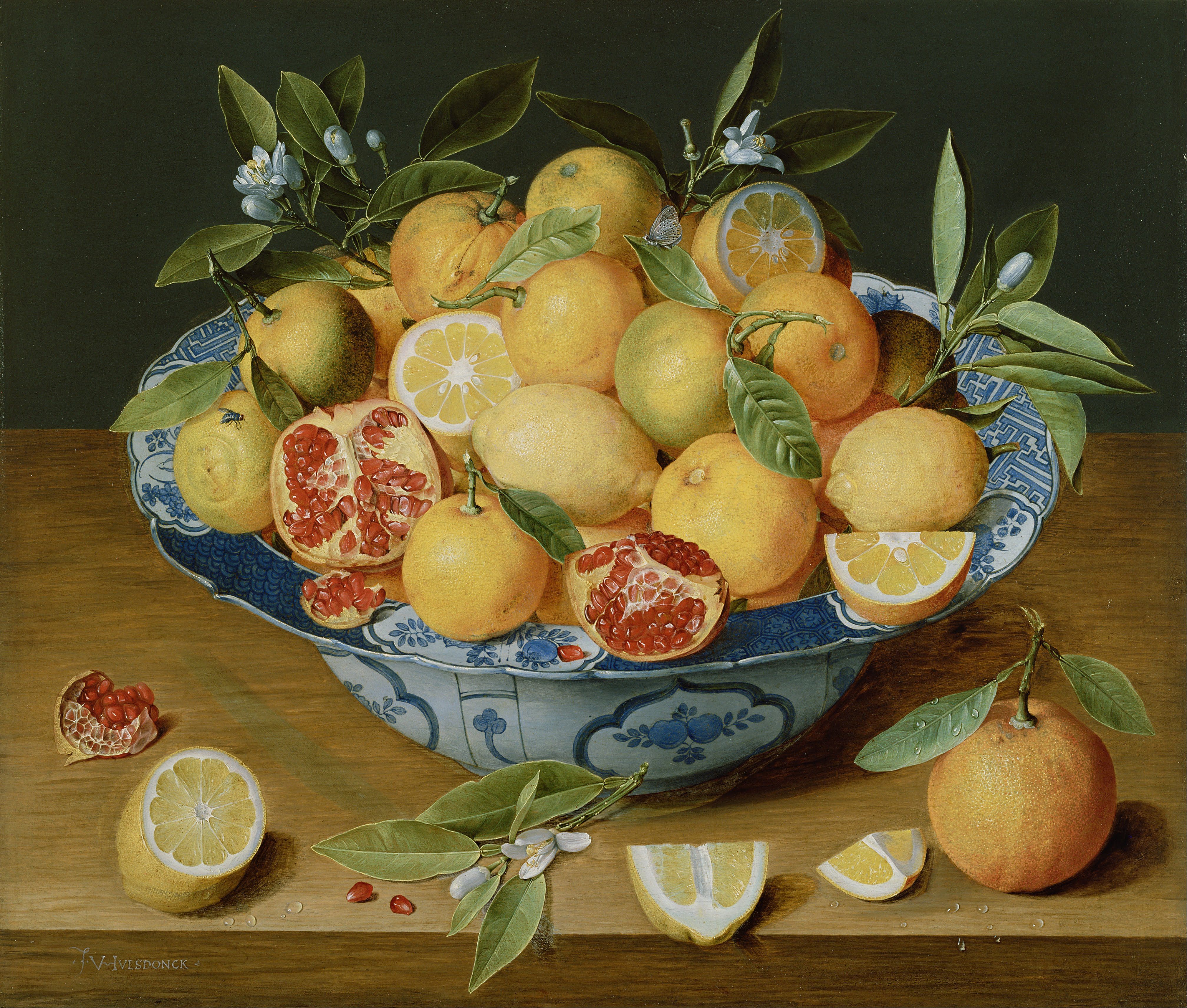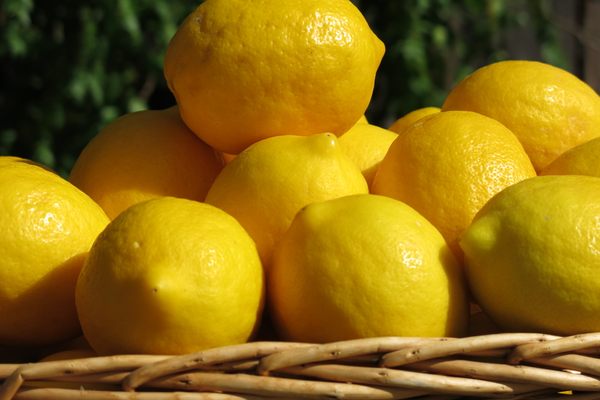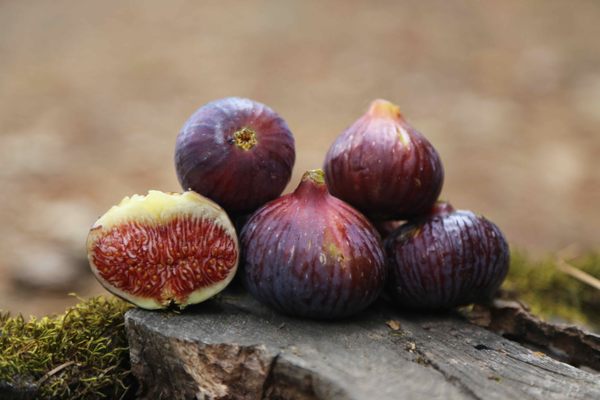How Orange (the Fruit) Inspired Orange (the Color)
Until the Renaissance, the English language had no word for yellow-red.

Rudimentary color theory is one of the first things we learn as children, albeit while slopping paint together. But calling the blend of red and yellow “orange” doesn’t raise many eyebrows, in elementary school and otherwise. After all, even oranges are colored orange.
The color orange got its own name fairly recently, though. In fact, it was only after the fruit arrived in Europe that Western languages began referring to the shade as “orange.” It’s worth noting that colors are often named how they are because of social constructs. For example, in ancient China and Japan, a fixed term for blue didn’t exist: Instead, the term was qing, which could refer to either green or blue.
Before orange (the fruit, that is) stormed Europe, yellow-red was called simply that: yellow-red, or even just red. While both red and yellow are terms derived from Proto-Indo-European words, the roots of the word “orange” come from the Sanskrit term for the orange tree: nāraṅga. Traders traveled with the nāraṅga across the Middle East, and it became the Arabic naaranj. When Islamic rule spread to southern Italy and Spain in the Middle Ages, the orange tree made it to Europe.

While the word stayed close to its original roots in several tongues—naranja in Spanish and arancia in Italian—it lost that first “n” in both French and English. A handful of other words did, too: Before a linguistic shift called metanalysis, where the “n” sounds shifted to the indefinite article, an apron once read as a napron and an uncle as a nuncle. By the 1300s, the word “orange” and its variants had spread across Europe, and denoted the name for the brightly-colored fruit.
The name for the color came later, though. According to the Oxford English Dictionary, the term “orange” started to be used in English to describe cloth and clothing in the 16th century. This also coincided with Portuguese sailors bringing a sweeter, tastier orange from China to Europe. “China apple” is still a synonym for orange in a number of languages, including Dutch and Ukrainian. But in Europe and beyond, “orange” became both the name for the color and the fruit. Even in China, the orange’s likely birthplace, the characters for the fruit and the color are the same.
Why did oranges receive the honor of naming such a standard color, as opposed to, say, pumpkins or carrots? It probably has to do with timing. Pumpkins spread from the Americas to the rest of the world after the voyages of Christopher Columbus, and carrots didn’t become orange until the 16th century. Before that, they were yellow, white, purple, and red, but rarely orange. It was only after the fruit became synonymous with the color that the carrot became orange, when 16th-century Dutch farmers bred them that way (one myth says this was to honor William I, Prince of Orange, but that’s likely not true). For some people, the most orange object they could think of may have simply been the fruit.

With its place on the color wheel, orange commands a special respect, despite the fact that there are plenty of other colors named after foods (think apricot-colored scarves and raspberry-tinted berets). It’s all the more interesting, given that oranges’ exteriors are often naturally green. The bright color we associate with the fruit occurs only if temperatures drop while the orange is on the tree.
And while oranges can be perfectly ripe, commercially grown oranges are often exposed to ethylene gas to destroy the green chlorophyll in the peel. But it would be even more confusing if oranges were called “greens.”
Gastro Obscura covers the world’s most wondrous food and drink.
Sign up for our email, delivered twice a week.
































Follow us on Twitter to get the latest on the world's hidden wonders.
Like us on Facebook to get the latest on the world's hidden wonders.
Follow us on Twitter Like us on Facebook